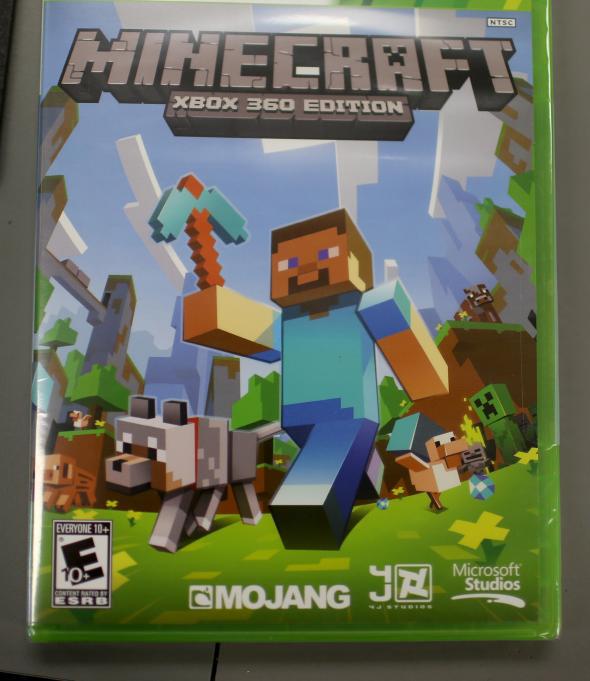Fans of Minecraft—especially girls—have long felt frustrated that the only default character available in the popular building game is a man. Now, the game’s programmers have announced that players will get a lady option. The Washington Post describes this new character, Alex, as “a seemingly female character with thinner arms, pinker lips, and a swoop of hair around her neck,” in contrast to default character Steve, “a bulky man with short, dark hair and a 5 o’clock shadow.” Owen Hill of Mojang, the game studio that created Minecraft, explains that this move will better “represent the diversity of our playerbase.”
This announcement contrasts dramatically with a blog post written in 2012 by Markus Persson, the founder of Mojang and original lead developer of Minecraft: “The human model is intended to represent a Human Being,” Persson wrote. “Not a male Human Being or a female Human Being, but simply a Human Being.” The name “Steve” was just a joke, Persson said; it was just an accident that the “blocky shape gives it a bit of a traditional masculine look”; his intention with Minecraft was to create a world where “gender doesn’t even exist.”
The problem with that logic is that the supposedly genderless character looks very male, right down to his stubble. In a sense, it’s worse to call that character genderless, because that just reinforces the sexist notion that “male” is the default status of human beings and that women are the deviation. That’s not the lesson you want to be imparting to girls who look to this game to empower them and provide a creative outlet.
Minecraft isn’t unique when it comes to the gender-default problem, which has been around since a little yellow circle named Pac-Man. In one of the videos in her series “Tropes vs Women in Video Games,” Anita Sarkeesian laid out how “male” is treated as the default in video games. Even when designers do bother to create female characters, they don’t have the kinds of rounded personalities that male characters get—being female is all you need to know about her. The most obvious example is the Super Mario series, where you get a variety of male characters and … the Princess.
Earlier this year, 12-year-old Madeline Messer wrote an op-ed in the Washington Post demonstrating that the default character on most phone games was male, and that you had to pay money to access female characters in most of the apps. The op-ed sufficiently embarrassed the makers of one game, Temple Run, that they promised to offer a default female character for free.
